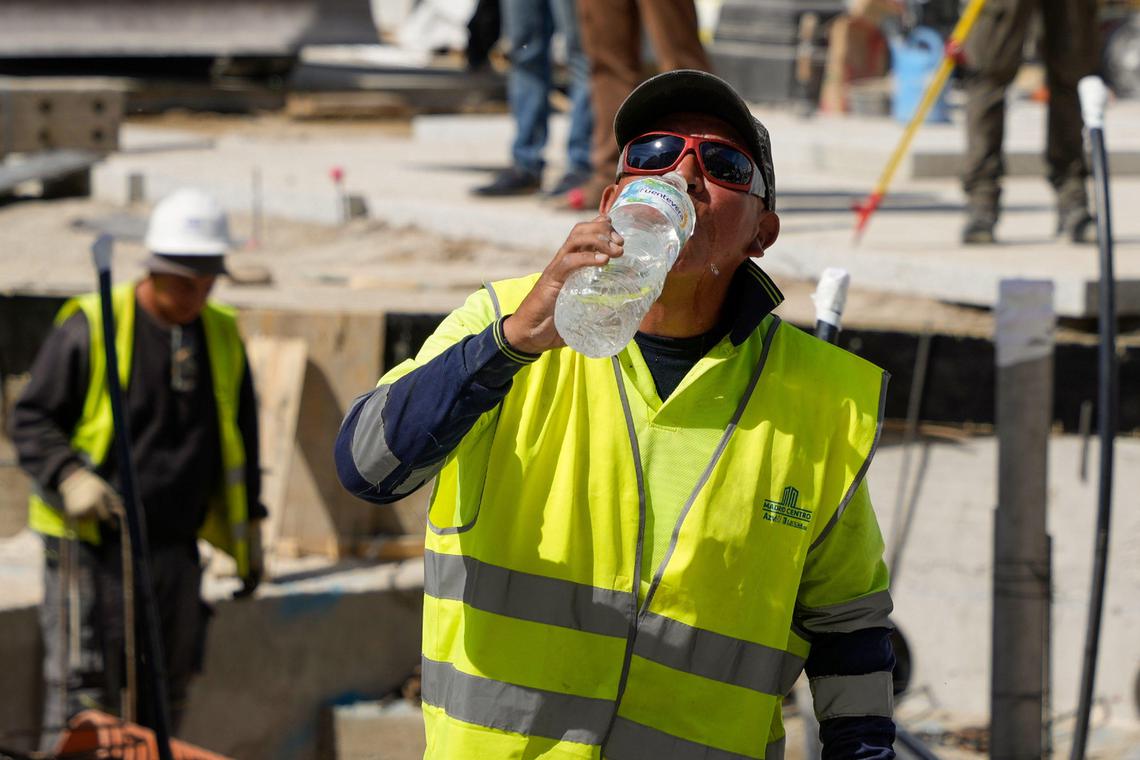Growing Health Risks from Rising Temperatures
The rise of extreme heat events has become a serious concern for workplaces worldwide. As climate change drives more frequent and intense heatwaves, millions of workers are increasingly exposed to conditions that threaten both their health and their productivity. Prolonged exposure to high temperatures can lead to heat stress, dehydration, and even life-threatening conditions such as heatstroke and kidney failure. For employees in construction, agriculture, and outdoor industries, the danger is particularly severe. When body temperature remains elevated over long shifts, workers struggle to stay focused, making accidents more likely. Research from World Bank highlights that developing economies with large outdoor labor forces are at the greatest risk, as many lack proper protections or workplace adaptation strategies.
Heatwaves and the Impact on Productivity
Extreme heat not only endangers health but also undermines workplace productivity. Studies show that for every degree Celsius above 20°C, output can fall significantly, affecting entire industries and slowing economic growth. In manufacturing and heavy labor, concentration lapses during high-heat conditions increase the likelihood of workplace accidents. Companies operating in regions where summer temperatures routinely exceed 40°C must already adapt schedules, often reducing working hours during peak heat. According to International Labour Organization, global economic losses from heat-related productivity decline are expected to rise sharply in the coming decade. Urban centers are not exempt, as the urban heat island effect makes cities hotter than surrounding rural areas, creating unsafe working conditions even for indoor employees without adequate cooling or ventilation systems.
The Need for Adaptation and Protection
As the threat of extreme heat grows, employers, governments, and communities must cooperate to develop sustainable adaptation strategies. Practical solutions include redesigning work schedules, improving building ventilation, and offering protective equipment for outdoor laborers. Policies that encourage shade structures, hydration breaks, and temperature monitoring systems can reduce the risks significantly. Organizations such as Centers for Disease Control and Prevention emphasize that early detection of heat-related illness is critical for preventing long-term damage. At the same time, investment in green infrastructure, such as planting trees in urban areas and upgrading school and workplace buildings, can help mitigate temperature extremes. Guidance from United Nations stresses that adaptation measures are not only about protecting workers but also about ensuring long-term economic resilience. As heatwaves intensify, safeguarding labor conditions becomes a priority for public health and sustainable development worldwide.







